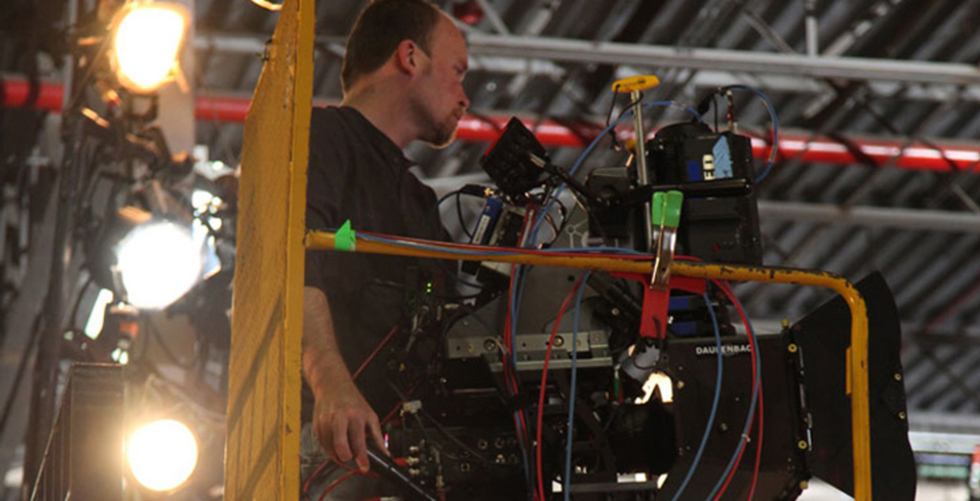
BY PETER HAWLEY |
DSLRs, Websites and 3D, Oh My! New Technology for Changing Audiences
In today’s media-saturated world, storytellers are constantly competing for audience attention.

To us, it’s all about the storytelling. If the story grabs, it doesn’t matter what form it takes – books, radio, TV, cinema, games or yet-to-be-categorized interactive media –it’s all about the story being told.
As times and technologies change, content creators have many more readily-available options for how they tell their story. But as technology makes production and distribution both more accessible and much more competitive, storytellers are finding themselves in a heated competition for audience attention. As a result, the filmmakers of tomorrow must more than ever consider their audience and how a story will reach them before making important choices about the content itself.
Today, at Tribeca Flashpoint Media Arts Academy (where we teach), students are making traditional, narrative-style movies with large crews using digital film technology; creating 3D promos for corporate promotion and public display; and developing interactive, web-based content for a new kind of online audience.

But while these myriad projects run the gamut of digital media, they all have one thing in common: audience engagement is at the forefront.
In theaters and film festivals, the process of engaging an audience has changed very little. What has changed, however, is the technology being used to do it. As hardware and software become more readily available, filmmakers can give theatergoers a richer experience on a tighter budget and timeline. At TFA, one thing we see more and more in the hands of our students is the relatively inexpensive DSLR camera. The DSLR brings an economy to very “cinematic” images because of its shallow depth of field, wide dynamic range and the ability to use good, prime lenses. Of course, DSLRs are not the ideal tool for every project, but because of their low price point and high-quality images, these cameras give our students a lot of bang for their scarcely-available buck.
At the other end of the spectrum, TFA students were recently in French Lick, Indiana shooting a promotional 3D piece for LG on incredibly advanced 3D filmmaking equipment. Because shooting 3D is very different from traditional cinematography, there are several questions a 3D filmmaker must ask before work can begin. Of course, there are technical questions like, “Do I want a big rig with multiple cameras or does the new Panasonic 3D-A1 suit my needs better?” But there are also questions specific to how the audience will perceive the piece once it’s finished.
For example, at the Tribeca Film Festival, our LG promo (a 3D high wire act) was played on LG monitors rather than projected on a screen. In order to utilize this media most effectively, we had to ask ourselves how we could best leverage that platform to create the best possible 3D experience.

On the more interactive end of media, as a part of our student-run news website, block56, we have a multimedia web series called Kurumaku: Potential Energy. Kurumaku is part video, part animation, and part text, all tied together through social media (blogs, YouTube, Twitter and more). Individually, these components are great storytelling media; but when combined, they have the potential to become an utterly immersive experience. Audiences can customize how they want to interact with the story, including joining “enclaves” or following and posting comments on Facebook, for example.
But while the web gives students a whole tool kit of technologies to engage and interact with their audience, they still must ask questions about how best to guide audience experience. Where and how are people viewing the content? Where and how are people engaging with the story? What are some ways we can make the story more conducive to audience interaction? How can we integrate the feedback we’re getting from our audience to create a richer experience going forward?
Understanding and embracing technology are just some of the challenges storytellers are going to have to face as the future of film is realized. If you don’t adapt and change with the times, you’ll never win the competition for audience attention. At Tribeca Flashpoint Media Arts Academy, we teach our students to explore new technologies, but more importantly they learn that asking the right questions, collaborating with their peers, and utilizing their problem-solving and critical thinking skills will allow them to be successful in engaging their audience both now and in the future.
As the technology continues to evolve, we are confident that our students will be up to the task of telling great stories to an increasingly complicated audience.